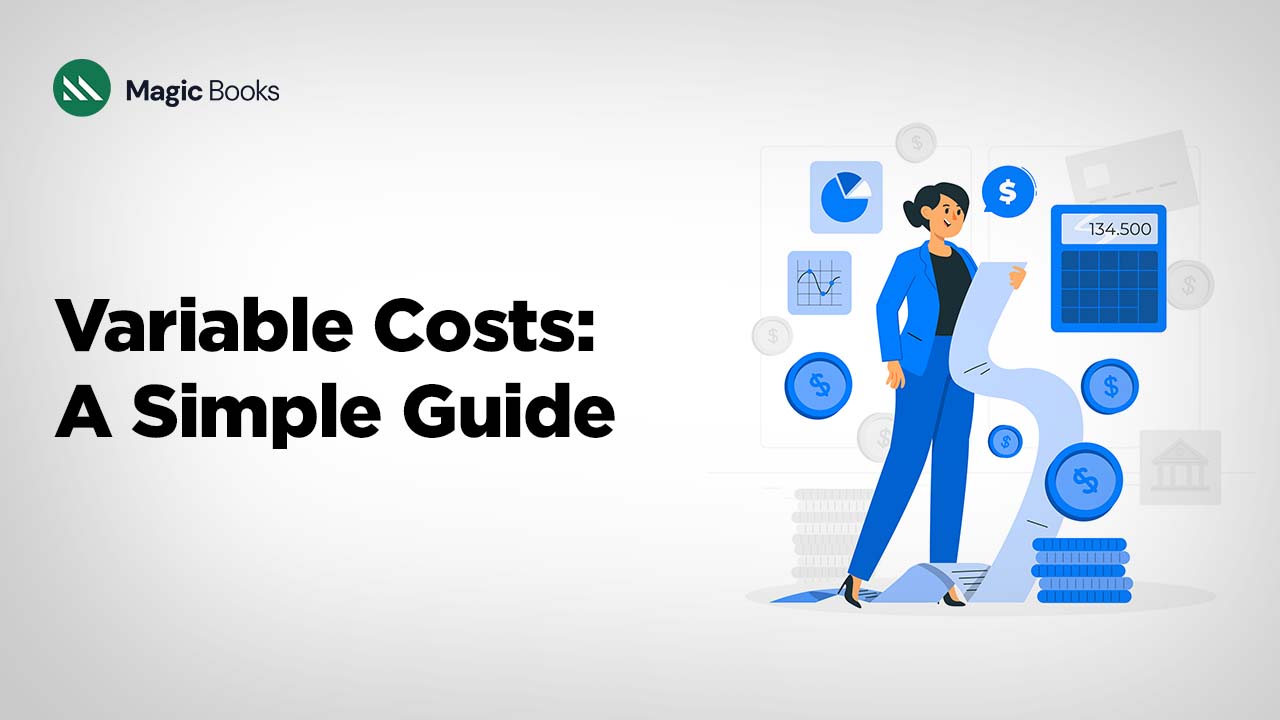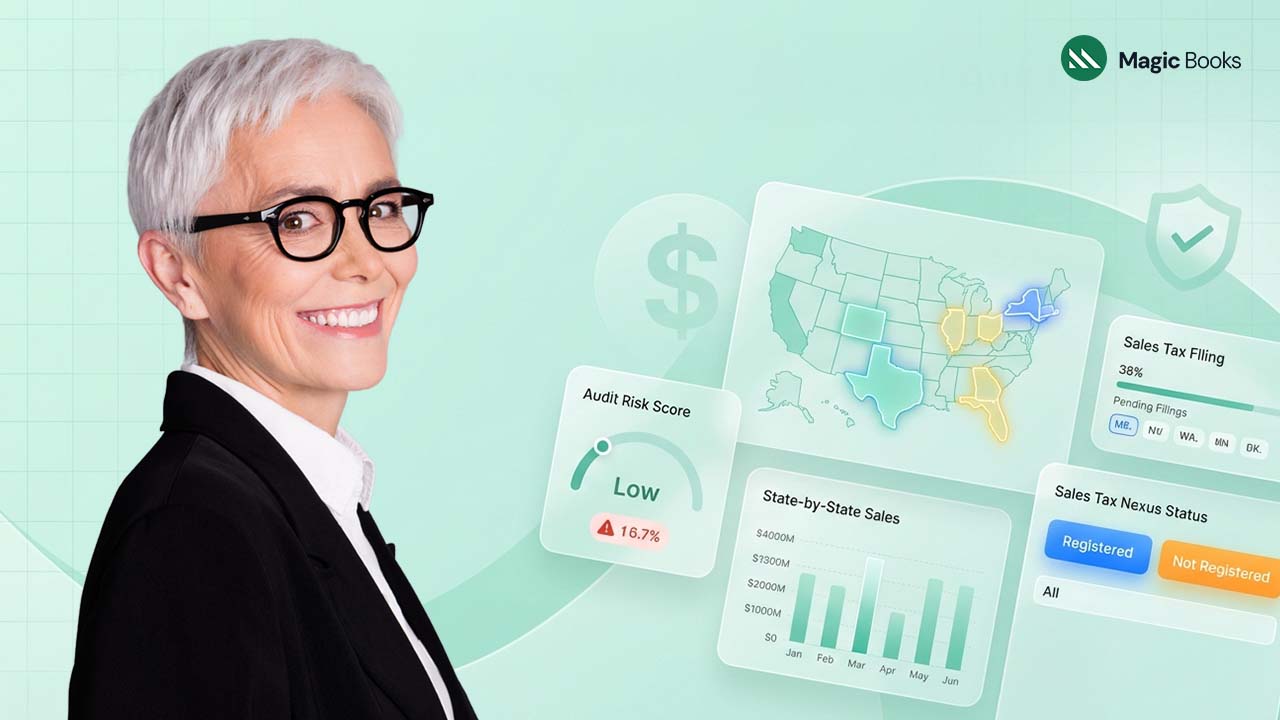We understand that you are just running your business, but you don’t have to get a migraine just because someone mentioned the concept of variable costs. You might be a startup founder working through the night, struggling to find out why your so-called ‘cash-generating business’ isn’t paying you more checks. Perhaps you are a tech product manager in an organization that works under an enterprise department, of late the CFO is huffing down your neck on how to reduce expenses (or as he bluntly puts it, spending). In either case, you’ve come to the right blog.
A variable cost is any cost that increases in direct proportion to the quantity of goods or services being produced or sold. In other words, variable costs may either rise or fall as the company’s level of production or sales rises or falls, in direct proportion. In particular, the variable cost of production per unit is a constant price and, therefore, the cost will increase as the volume of production and output rises. On the other hand, if fewer products are manufactured then the variable cost borne by manufacturing also reduces.
Why Should You Care?
You are probably nodding your head and saying to yourself; “oh well, yet another business idea I have to comprehend.” Here’s the reality check – knowing variable costs might just make the difference between living the life in a Tesla and taking the bus down to the offices (no judgment where you stand but wouldn’t you love to have the former as an option as much as the latter). Think about it this way: each time you sell a product or offer a service you are not just building a balance on your account or someone’s. You’re also setting off a whole chain of initiative costs which could turn a sale into profit or a money loser. And let’s be honest, no one opens a business with the idea of putting money in the red, unless of course, you’re running an organized tax fraud here (which, guys, we don’t advise – the orange jumpsuits look are now history).
Importance of Variable Cost In a way, working out your variable cost can bring you a lot of valuable information for your business. This is one of the most effective tools to use when you are in the process of evaluating your expenditure, when putting your prices and indeed anytime you want to measure the viability of your business. Here’s a breakdown of the importance of knowing your total variable cost:
Set Prices
It is typical to use variable expense info to determine the price of your products or services. If the chair company is aware that it only costs $50 per unit of variable cost to produce a particular kind of chair, it should not sell the chair below $51 because that would make the company incur losses with each sale. You will also have to factor in fixed costs and price yourself in a way that you can recover all your costs. However, you don’t want to go to the extent of overcharging so that you find yourself losing customers to prices lower. You will be able to determine the ideal price that can be charged by your business by applying the variable cost formula hence guaranteeing business profits.
Determine Break-Even Point
The break-even point of your company is the figure in units you require in order to cover your total costs. Your fixed costs and variable costs are used to determine your break-even point. It’s done like so:
Average Fixed Costs ÷ Contribution Margin = Break-even Point
Better Budgeting and Planning
Of course, you’re making preparations for how your business should develop and diversify in the future. To be sure if one is aiming to double the output next year, the variable costs are also correspondingly affected. This is because budgeting most of your variable costs from the onset will make it easier to develop more viable budgets and expansion plans in the future.
Big Players in the Variable Cost Game
Okay, let’s go right into the major sections of variable costs which you are liable to meet in nearly any business. Well no; Not just like any normal boring business guide are going to provide this and that list. We’re going to deal with this in a manner where it will be decentralized and logical.
Raw Materials
Direct materials are the ones selected and bought for use during the production process and transformed into a final product. If the athletic brand does not manufacture the shoes it can avoid the costly input of leather, synthetic mesh, canvas, or any material. For any type of firm, the cost of raw materials should also be equal to the cost of manufacturing similar products where there are no significant variations between the production of one piece and the production of other pieces.
Direct Labor
Similarly, Direct labor will also differ depending on the units in production. For instance, in about direct labor cost, it means that if there were no units produced, then there would be no direct labor cost. The higher the volume of units manufactured, the more likely direct labor costs would be required. Not all forms of labor cost are avoidable and hence some of the labor cost will still be required even in the occasion that no units are produced. Some posts may require the bearer to be paid a fixed amount regardless of their productivity, be it 100, 000 units or zero as in the case of an accountant or lawyer of this firm.
Some of these employees shall be paid the same amount of money whether they have produced many units. And for others who are bound to an hourly job, a direct contribution to more labor hours translates into more pay.
Commissions
There are cases where commissions refer to a portion of a sale’s proceeds by which a company is rewarded extra income. There will be no commission expense if no sales are executed. Because commission levels scale up and down in proportion to some basic qualification the salesperson needs to achieve, the cost is related (i.e. variable) to levels of activity.
Utilities
Production line/system is used when the manufacturing line ‘switches on equipment and operates at full capacity hence consuming energy. At such a time when everyone is off from their machines and preparing to close the entire machinery, utilities are not utilized. Usually, in this example, utilities which represent the cost, fluctuate with production levels. Looking at the model again, as a company tries to increase the quantity of output, power or energy is likely to increase as well, hence escalating the costs of variable utility.
Shipping/Freight
A packaging or shipping cost will only be done when a particular activity has taken place. As a result, the cost of shipping a finished product is considered to be variable since it will depend on the number of units of the product taken to the shipping company. While it may be costly to have an in-house mail distribution throughout the company with a custom weighing and packaging service (some of the costs may be fixed), there are several other costs that are highly variable.
The Hidden Costs That Can Catch You Off Guard
This is where things get interesting – time to discuss all the hidden variable costs no one prepares you for when entering the world of entrepreneurship. Uh, people do know, that there is that old saying, ‘The devil is in the details.’ Well, in business the enemies of profit are in the small print.
Let’s start with utilities. Every time that you are trying to increase your production rate, your electricity bill spikes like a rock concert. Of course, that’s not only true for electricity – water, gas, and even that expensive office coffee all go up in tandem with operations. The kicker? Even when it comes to tracking the costs most business owners nearly overlook them because it is the big stuff that occupies most of their time.
After that, quality control has become the bigger drama. The more products are produced, the more testing, checking, and validating required are in turn. And guess what? That costs money. With every inspection, with every test, with every time that someone has to say, “Yep, it is good enough for shipping” – ring the register! Another variable cost, that’s just that you’ve just added to your list of expenses.
When Scale Becomes a Four-Letter Word
But let’s get real about how to scale up. It seems like everyone has been preaching scaling your business like it is the ultimate path to success. “Scale up! Go big or go home!” Right, wrong, no one tells you that when you go for scale, here it is, it can consume your profits for breakfast if your variable costs are not well managed.
Here’s the deal: that is to say, when you are small you are still able to control what happens around you. Obviously, you know your costs, you know your margins, everything is perfect. However, once you begin trying to make things larger, all the issues become infinitely more complicated. Now there are new suppliers to book the same products, there are levels of prices, volume discounts which are often a mere marketing gimmick and so many sheets full of data that’d make the accountants weep.
The Technology Trap
So before I continue with the discussion, let me say something about technology. There is no stone out there unturned that has not been turned to market you the magic solution for your variable costs. They are all about AI, this, machine learning that, and up to the point they use as many buzzwords as possible. But hold on to your seat, this is the reality check – the technology is what you make of it where your grasp of your own business is concerned.
Of course, that overly complex inventory management software may enable you to monitor the state of your inventory in real time. But if you don’t know the basics of how your inventory is connected to your cash, then you’re just having fun with luxurious toys. You may know that it’s the best choice, just as if you know in your heart of hearts that the sporting Alfa Romeo is the perfect car, even if you can barely change gears: but the fact is, that while the Alfa Romeo is very fine, if you can’t manage the gears, it may not be the most efficient use of your capital.
The People Factor (Because Humans Make Everything Complicated)
Here’s an important fact they don’t tell you in B-school – people are fickle and fickle people cause problems with your unpredictable variable costs. Your star employee may well be twice as productive as the newly hired employee, yet it is also twice as expensive. Is that a good trade-off? Oh, that really depends on so many things that I can actually count them on my fingers and toes up to a million most probably.
But before we can talk about the ripple effect, let’s not forget about it. If one employee dials on a sick day, it not only deteriorates that individual’s output rate but has a ripple effect across your production line, other clients’ delivery time will be affected and there are other hidden cost implications across your operations. This is why smart businesses design some slack into their systems, although efficiency gurus would frown at the practice.
The Supply Chain (Or Horror Show, Depending on the Day)
Do you recall how everyone claimed that just-in-time inventory was the solution to all our dilemmas? Then came the year 2020 and people have come to know that, hey having a little buffer is not that much wrong. In fact, the supply chain as we’ve seen here is like an ecosystem – where one element goes wrong, everything gets affected.
The insight required is the real cost of all your supply chain decisions. Yes, that supplier in Southeast Asia can be fantastic about the price, but how about the time it takes to get the shipment here? Currency fluctuations? Quality control issues? It is such a cliché but paying a few extra bucks for a product that is guaranteed to last longer can indeed turn out to work financially to the owner’s favor in the long run. Price per unit is not the only criteria to be considered; it is in fact the overall cost associated with transferring that unit to your customer.
The Growth Paradox (When Making More Money Means Keeping Less)
Let’s enjoy another paradox. Finding new points on business can in fact bring you less profit. Mind-blowing, right? But it happens all the time. Another scenario is you win that big deal that has been your target for such a long time only to find out that satisfying that contract is going to cost you so many more inputs to the extent that your profit margins are as thin as a New York subway train on the morning rush hours. Knowing your unit economics like you know the back of your hand.
Get a clear idea of the cost of manufacturing one widget, delivering one service, or meeting one order. Then analyze how these costs may look like when you want to expand your business production. In some cases the answer is automation. Sometimes it results in better negotiating capability with suppliers. And sometimes, and this is going to sound hard to believe, it is a declining business that does not align with its cost model.
Making This Actually Work in the Real World
Alright, enough theory. Perhaps it would be worthwhile to look a little more closely at how all this could be put into operation in fact. First up, to help you manage your variable costs, there must be a system that doesn’t stress you to the extreme. This does not mean that you have to use high-end software (although it is a bonus). What you need is constancy and lucidity.
The first step in determining your variable cost is to list every single cost associated with your business. And I mean everything. That cup of coffee you take during a client meeting or when you are out to sign a deal? Variable cost. The additional electric lights when your team stays up late to meet a deadline? Variable cost. What about this idea of surge pricing on the shipping during the festive seasons? Oh, I think you’ve guessed it right – the variable cost of its production.
Once you have your map in place start measuring these costs as a faith religiously. Check regularly with your team to run over some figures. This is the ideal time to observe patterns, deviations, and potential in the market. The last but most important thing is to not just gather data, try to use the data gathered in making decisions.
The Bottom Line (Because That’s What Really Matters)
In the final analysis, controlling variable costs is not an exercise in frugality or turning into a cost-cutter ogre. It follows the concept of running a successful business by having an ample understanding of your company and offering wise choices that would guarantee steady success.
Just bear in mind that every small reduction in variable cost directly improves your bottom line. But every time you lose your chance to grab a financial opportunity simply because you are intent on shaving your expenses is lose business. The problem is knowing how to balance the two, to be just lean enough to maximize your margins but not so lean that you miss the chance to reach a whole new level of efficiency.
And hey, if all of this seems too much then that is perfectly alright. Of course, no variable costs are managed perfectly at first; Rome wasn’t built in a day. It’s okay to start with a small plan; the main thing is to be consistent and always develop your knowledge. Not to mention, the future you or rather the bank account of the future you will definitely thank you.



